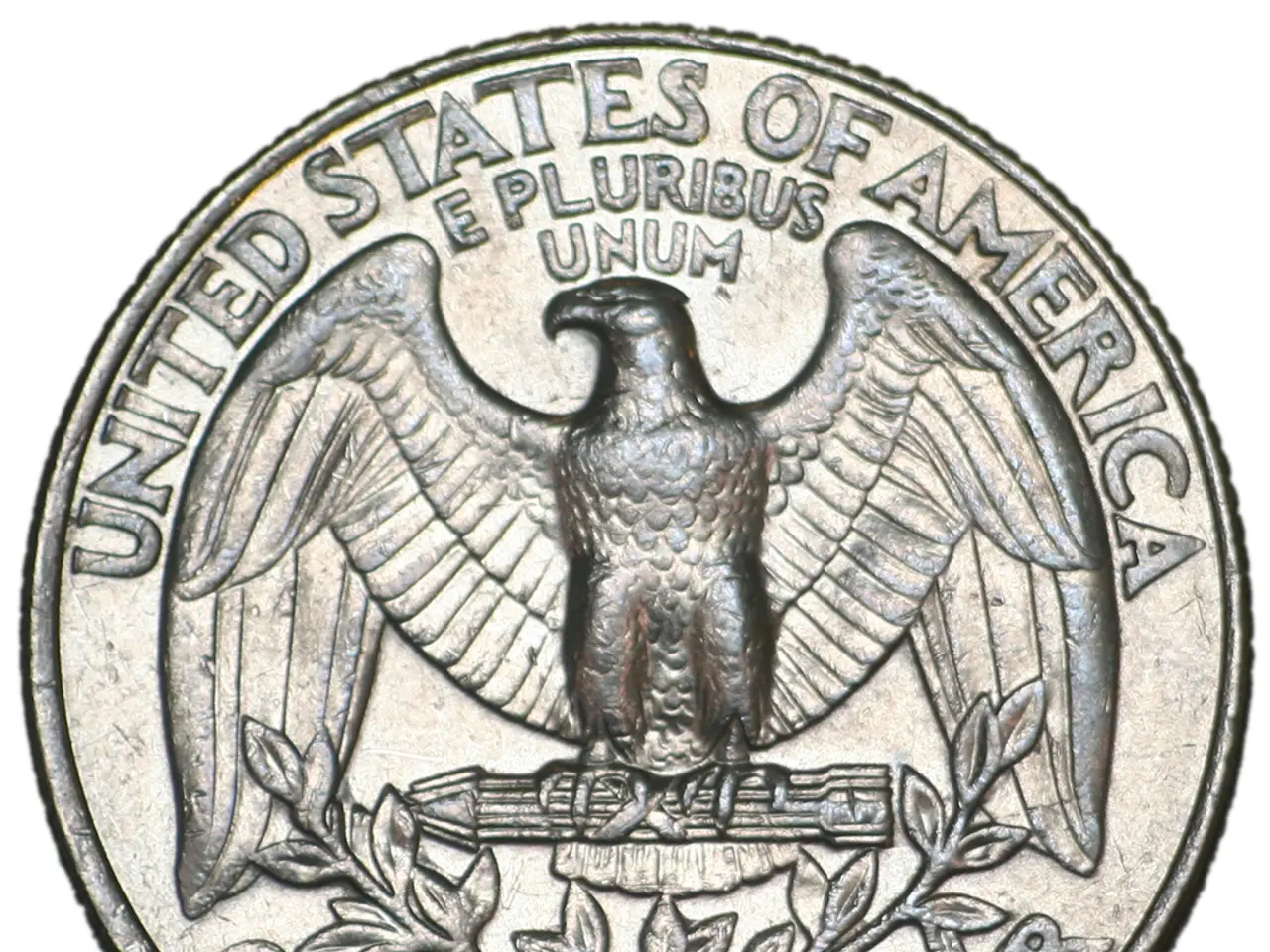XRP Explained: A Digital Asset for Cross-Border Payments and Transactions
In the rapidly evolving world of cryptocurrency, XRP stands out as a popular digital asset, particularly for global transactions. This article aims to shed light on the role of XRP, its relationship with Ripple, the company, and its unique features that set it apart.
Ripple's Role in XRP and the XRP Ledger
While Ripple and XRP may seem intertwined, it's essential to understand that they are separate entities. Ripple is a technology company focused on developing payment solutions using the XRP Ledger and other blockchain networks. XRP, on the other hand, is a digital asset operating independently on the XRP Ledger, serving as a bridge currency for cross-border transactions.
Ripple's role in the XRP ecosystem is multifaceted. The company leverages XRP in its payment solutions, such as RippleNet, a commercial platform designed for high-value payments. Ripple also introduces products like Ripple USD, a stablecoin aimed at boosting demand for XRP and enhancing its ecosystem.
Utilization of XRP
The utility of XRP lies in its ability to facilitate fast and cost-effective cross-border transactions. Users can convert fiat currency to XRP and then to another fiat currency, utilizing the XRP Ledger for transactions. Ripple's Interledger Protocol (ILP) also plays a crucial role in connecting different payment networks, enabling smoother transactions between various systems.
Development and Integration
Major financial institutions have integrated XRP technology into their systems, reflecting its utility in enterprise payment solutions. This integration aims to increase the use of XRP in payment systems, further solidifying its position in the financial industry.
Regulatory Clarity
In 2023, the SEC clarified that XRP sales to retail investors are not securities transactions, providing regulatory clarity and renewed interest in XRP among institutions.
Technical and Operational Aspects
The XRP Ledger operates using a consensus mechanism different from traditional cryptocurrencies like Bitcoin, allowing for fast transactions with minimal fees. XRP is pre-mined with a total supply of 100 billion tokens, distinguishing it from other cryptocurrencies.
Investment Considerations
Investing in XRP, like any cryptocurrency, carries substantial risks due to its price volatility. It is crucial to consult a financial advisor familiar with cryptocurrencies to determine if XRP fits your investment goals and to understand its potential impact on your portfolio and its investment safety.
While XRP is frequently used for global transactions by financial institutions on the Ripple network, its position in the market is a function of investor belief and willingness to buy and sell it. It's essential to remember that XRP is not inherently more important than other cryptocurrencies; its value is determined by market forces.
In conclusion, XRP is a digital asset designed for fast, efficient, and cost-effective global transactions. Its relationship with Ripple, the company, and its unique features make it a compelling choice for institutions looking to streamline their cross-border payment processes. However, as with any investment, it's crucial to approach XRP with a clear understanding of its risks and potential benefits.
- Ripple, a technology company, develops payment solutions using the XRP Ledger and other blockchain networks, while XRP, a digital asset, operates independently on the XRP Ledger, serving as a bridge currency for cross-border transactions.
- Ripple's payment solutions like RippleNet and Ripple USD, a stablecoin, leverage XRP, aiming to boost its demand and enhance its ecosystem.
- Major financial institutions have integrated XRP technology into their systems for enterprise payment solutions, further solidifying its position in the financial industry.
- In 2023, the SEC clarified that XRP sales to retail investors are not securities transactions, providing regulatory clarity and renewed interest in XRP among institutions.
- The XRP Ledger operates using a consensus mechanism different from traditional cryptocurrencies like Bitcoin, allowing for fast transactions with minimal fees. It is pre-mined with a total supply of 100 billion tokens, distinguishing it from other cryptocurrencies. Investing in XRP, like any cryptocurrency, carries substantial risks due to its price volatility and should be approached with a clear understanding of its risks and potential benefits.




